

Now playing:
Watch this:
Fix basic photo mistakes
2:49
Every photographer makes mistakes when taking photos. Here are some tips to help identify and solve common issues that beginners may come across.
Wonky horizon
You’re in position watching an amazing sunset and happily snapping away. But in the excitement you forgot to check that the horizon was level, so the resulting photos are all crooked.

Lexy Savvides/CNET
There is an easy way to fix a horizon that’s not straight. Most photo editing programs can either do this for your automatically, or you can have direct control by tilting the canvas in a program like Lightroom or Photoshop.
You may also want to turn on the electronic spirit level in your camera if possible. The feature is often called a virtual horizon. The guide can help you level up your shot, and can often be overlaid during live view.
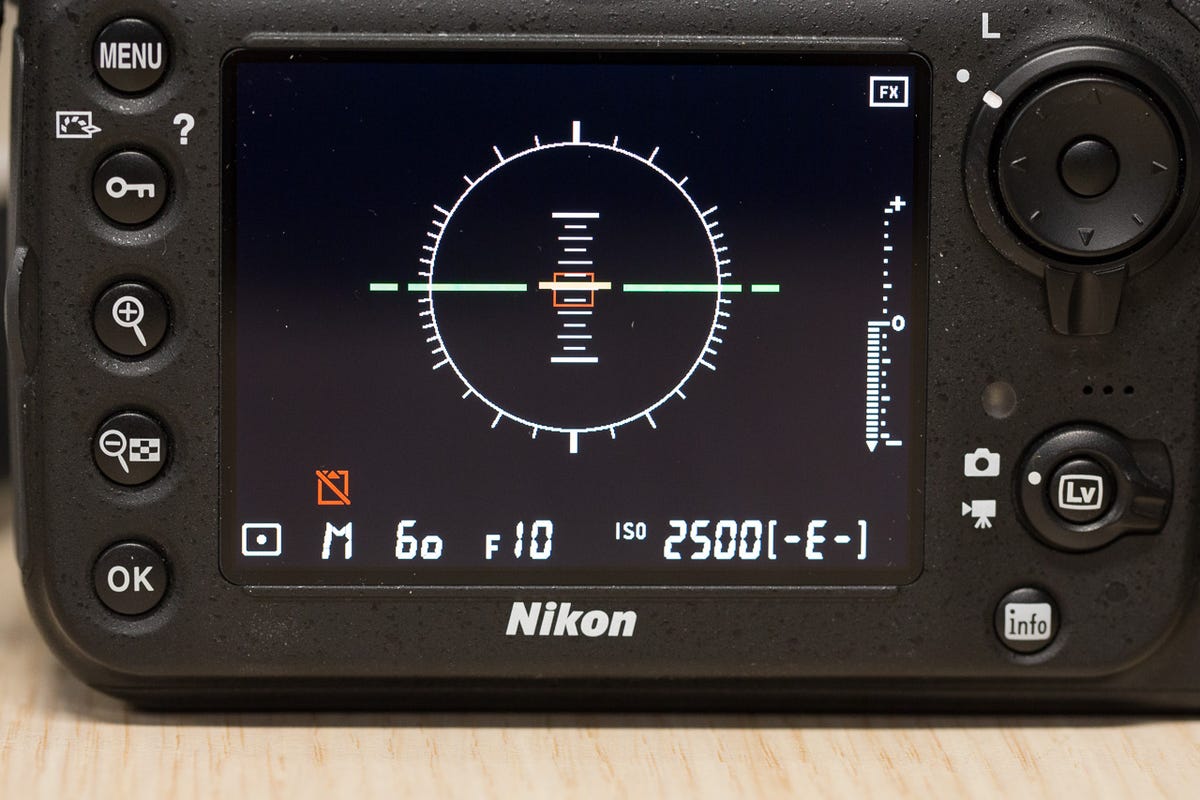

Lexy Savvides/CNET
White balance is wrong
Do your photos look a bit too warm or cool? Sometimes you can get odd casts in your photos caused by the camera reading the white balance incorrectly. Automatic white balance (AWB) can determine the best setting for the situation, but often the best way to get it right is to set a custom white balance value.
You will need a white card or neutral gray card to set a custom white balance. A piece of plain white paper is also an option.
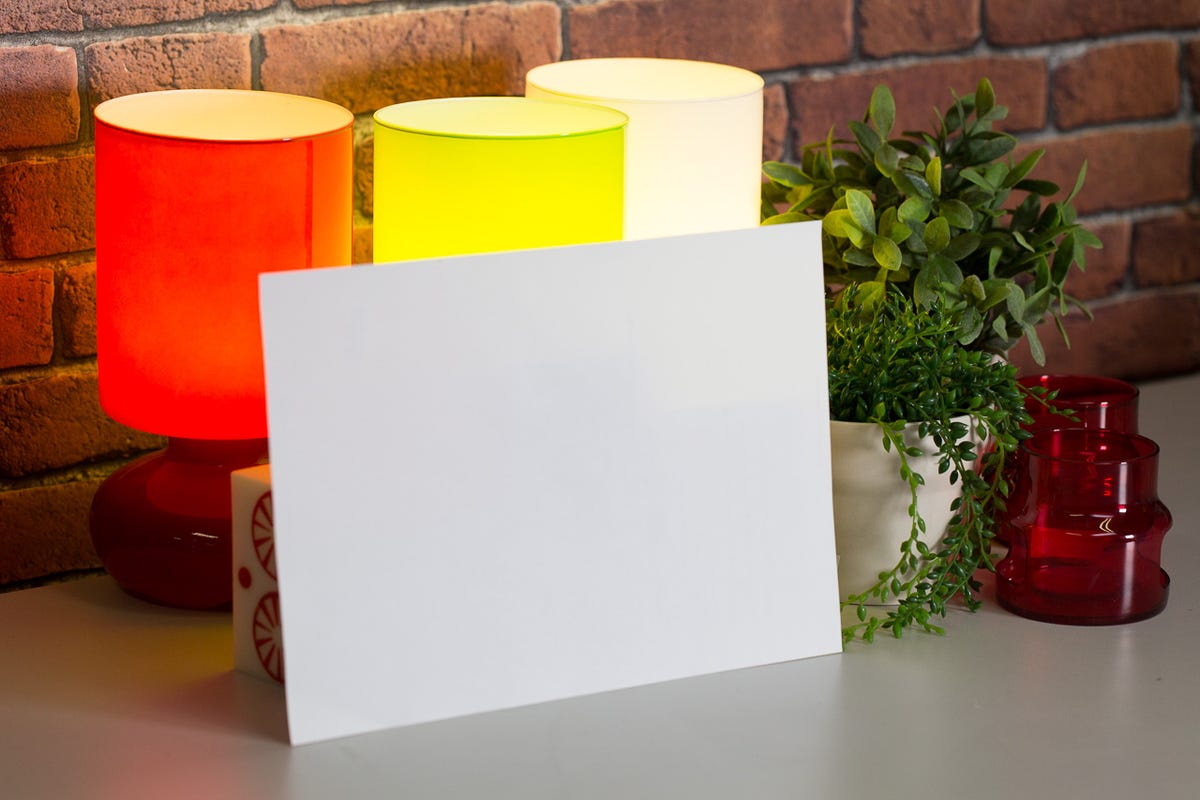

Lexy Savvides/CNET
In the same lighting situation as your subject, take a photo of the card so it fills most of the frame. Then, delve into your camera menus and look for a custom white balance option. Select the photo of the white/gray card that you just took and set it as the custom reading.
Photos from here on should look much more natural. Remember to change the white balance back to an automatic setting (or do another custom reading) after you have finished.
Otherwise, for those photographers who shoot images in raw, you can adjust white balance very easily in the editing process without any loss of image quality.
Lens distortions
Some lenses can make subjects look warped, or introduce undesirable elements in photos such as vignetting — loss of colour or brightness around the edges of the image.
Lexy Savvides/CNET
For example, wide-angle lenses distort perspective and can be unflattering for portraits as the subject looks like it is bulging from the frame.
There are a few ways to deal with lens distortions, and the first step is to choose a lens with a focal length best suited for your subject. Depending on your camera, corrections can be applied automatically in-camera when you shoot JPEG images.
It it is easiest and most efficient to do it in the photo editing stage with a program like Adobe Lightroom. Lens profiles help to straighten lines, remove vignetting and correct other issues such as chromatic aberrations.
In Lightroom, click to expand the Basic tab in the right column if it isn’t already visible. Then, click Enable Profile Corrections which will automatically detect the lens that was used to take the photograph and adjust the image accordingly.
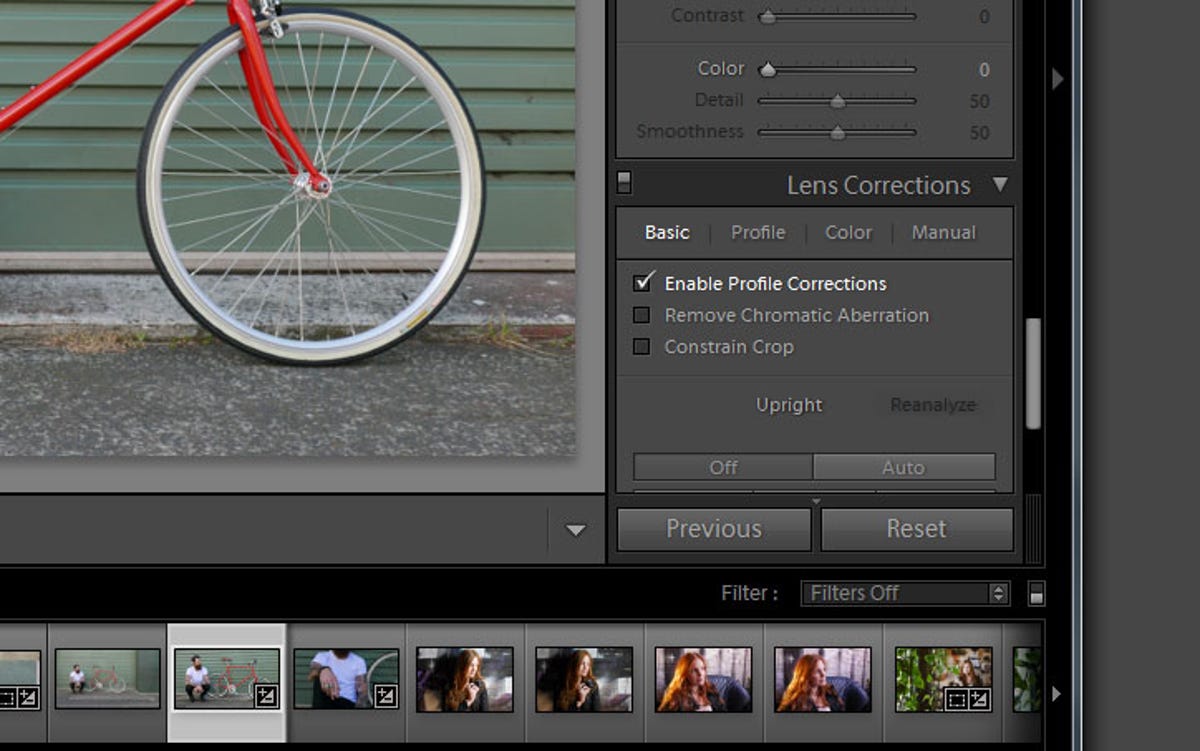

Screenshot by Lexy Savvides/CNET
Lens profile correction is also possible using software that came with your camera. Canon users can load up EOS Utility, while Nikon users can look at Capture NX.
Focus is not quite right
When you rely on autofocus, it’s easy for the camera to get it wrong. Sometimes, your camera’s AF system will want to focus on something behind or in front of your desired subject.
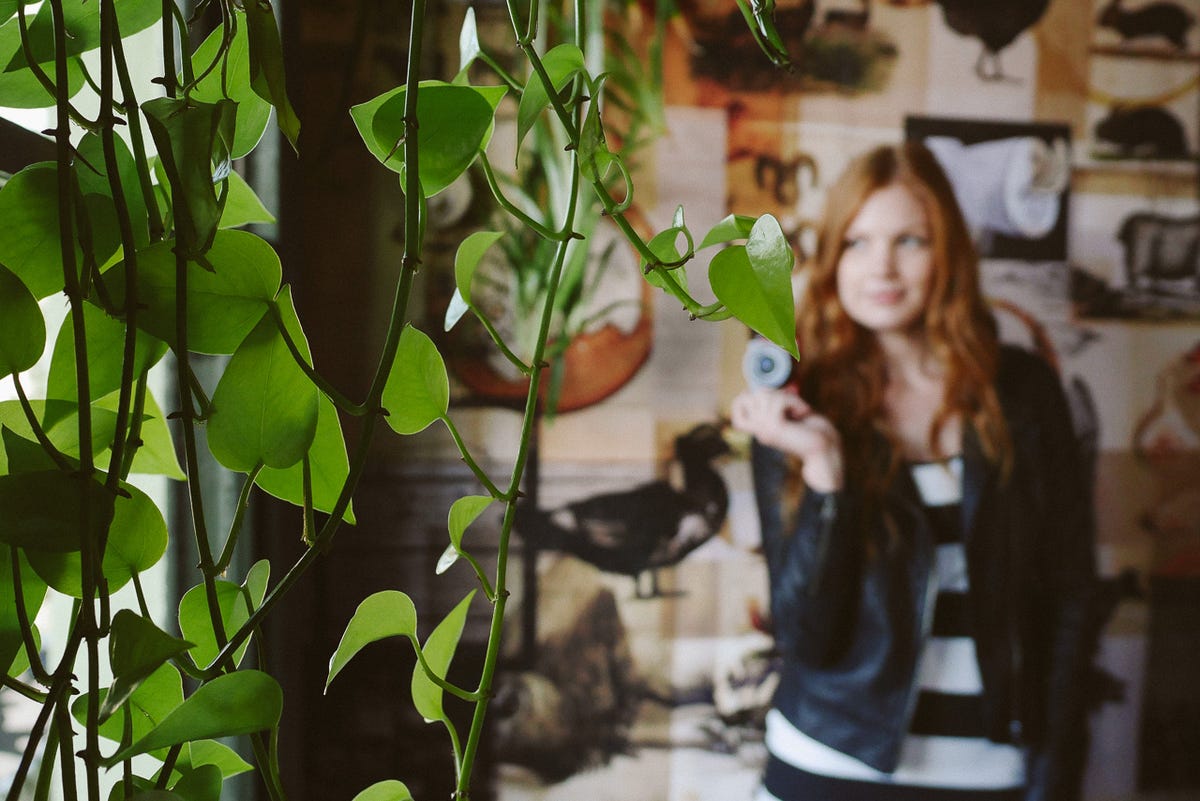

Lexy Savvides/CNET
To ensure the system chooses the right point of focus for static subjects, change the focus mode to single point AF. This will force your camera to use just one AF point of your choice, rather than relying on the entire cluster of AF points to find focus.
Choosing a single AF point will vary from camera to camera, so check your manual for details.
You may also want to consider using back button focus and setting your single AF point to the centre.
When shooting a portrait, take the time to check the focus after the shot has been taken. Use your camera’s LCD screen and zoom in to the point of focus to ensure things look crisp. Unless you are going for an artistic effect, set your focus on the subject’s eyes.
Images are not sharp
You’ve taken an amazing photo, but it’s just not as sharp as you’d like. This lack of sharpness can be caused by a number of factors: camera movement during the exposure; subject movement; or the camera choosing the wrong point of focus when using AF.


Lexy Savvides/CNET
Unless you choose to create blur for artistic effect, there are several things you can do to get sharper photos.
- Increase the ISO sensitivity.
- Make the shutter speed faster. Ideally your shutter speed should be at least 1/focal length. So if you are shooting at a focal length of 80mm with a full-frame sensor, your shutter speed needs to be at least 1/80 second. For a crop sensor camera such as APS-C, then an 80mm lens is equivalent to 120 or 130mm lens (80mm x 1.5 or 1.6 which is the crop factor). So your shutter speed needs to be at least 1/125s to avoid shake.
- Turn on image stabilization either in-camera or on your lens which can allow you to shoot at a slightly slower shutter speed than the above rule specifies.
- Use a tripod where possible.
- Avoid shooting at very wide apertures like f/1.8 as this can affect the perceived sharpness of a photo, especially if focus is not spot on.
Photos look dull and dark
Sometimes your photos can look much darker than the actual scene. This is generally caused by the camera underexposing for the ambient light situation based on the meter reading.
You can read more about how your camera meters and determines exposure in this article.
Fortunately this problem has an easy solution even if you don’t understand how metering works. It’s called exposure compensation. This is a value that you can adjust when in an automatic mode.
Lexy Savvides/CNET
On a digital SLR, compact camera and even in your smartphone’s camera app, find an icon that looks like a plus and minus symbol: +/-
Some cameras also have a separate physical dial that controls the exposure compensation. To make the photo appear brighter, change this value to a positive number. The reverse principle can also be applied to adjusting the exposure compensation where shots appear too bright. Change the exposure compensation value to a negative number.
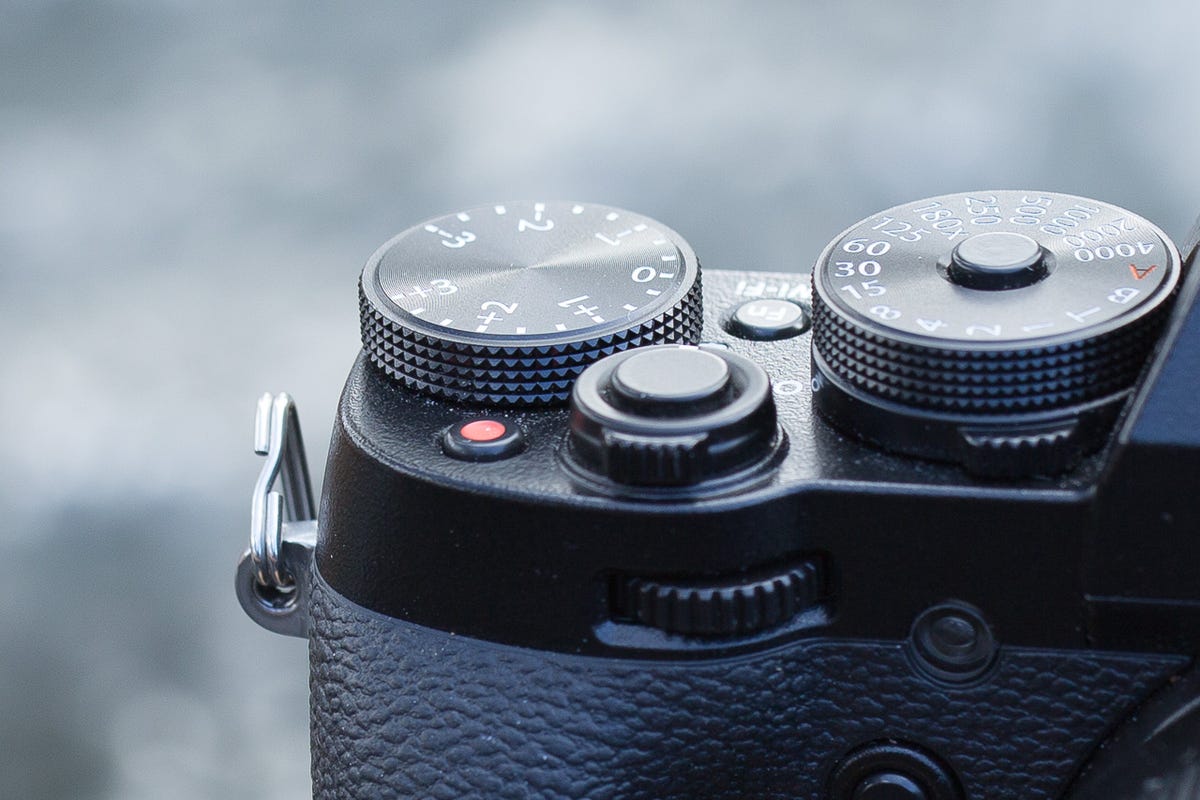

Lexy Savvides/CNET
Composition
Composition is an important way of balancing your photos, helping to enhance the flow of an image using some tried and tested rules.
It might be tempting to take an image with the subject smack bang in the middle of your photograph, but it doesn’t always produce the most pleasing image.


Lexy Savvides/CNET
One of the simplest composition methods to start using is the rule of thirds, where you divide the image up into thirds both vertically and horizontally using two lines. Your subject/s can be placed in the intersection of these lines, or along these lines, for a more compelling image.
Some cameras have the ability to overlay a rule of thirds grid over an image to aid composition.
You can also alter the composition of your photograph after it has been taken by selectively cropping.
Excessive post-processing
Good photo editing is all about subtlety, enhancing rather than overpowering an image. Too much contrast, cranking the clarity slider or excessive HDR can make a photo look garish.


Lexy Savvides/CNET
Every photograph is different, so try and avoid applying the same filters or effects to a bunch of images. For example, increasing the saturation on a landscape may look fantastic, but do the same to a portrait and it will be pretty unflattering.
Forgetting the basics
So you’ve got composition, exposure and focus all under your belt. But do you have your pre-photo routine in order?
Before you head out on the next photographic adventure, get into the habit of charging up batteries and having spares on hand if needed. Back up and format memory cards, and check there is a memory card in the camera before leaving home.
Finally, remember to take the lens cap off. This one stumps even the most seasoned photographers, so get into the habit early.




